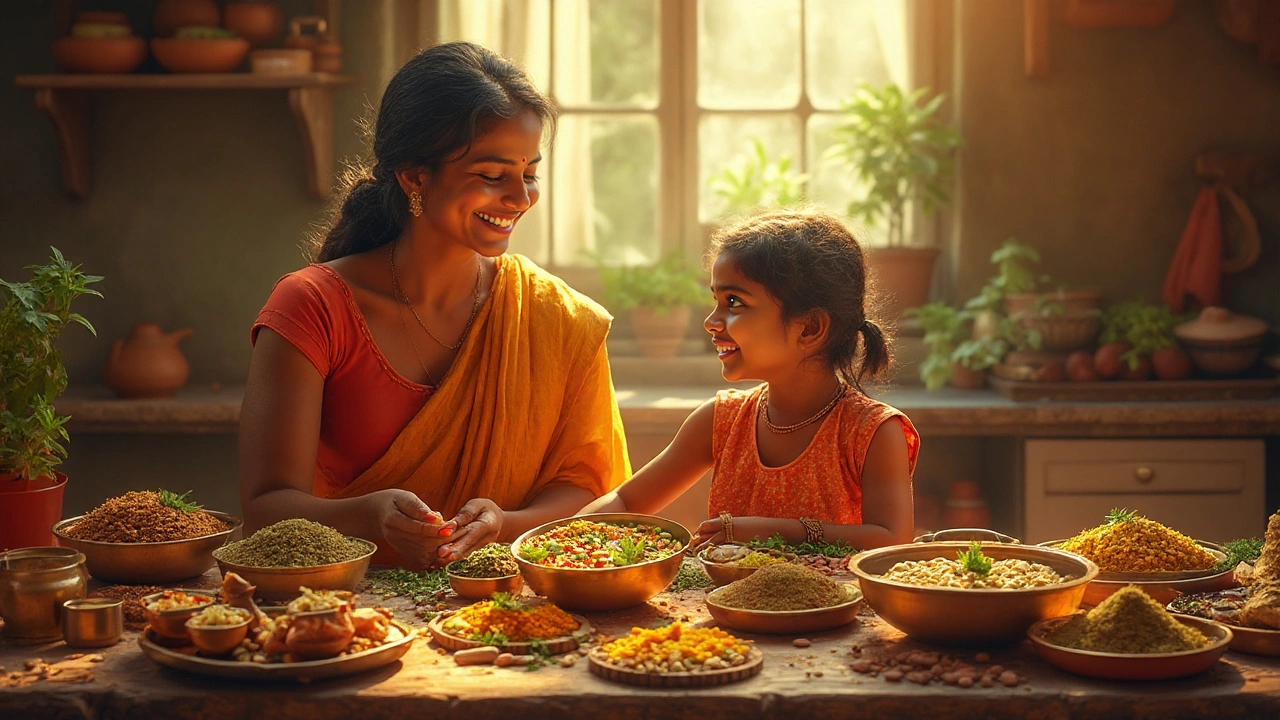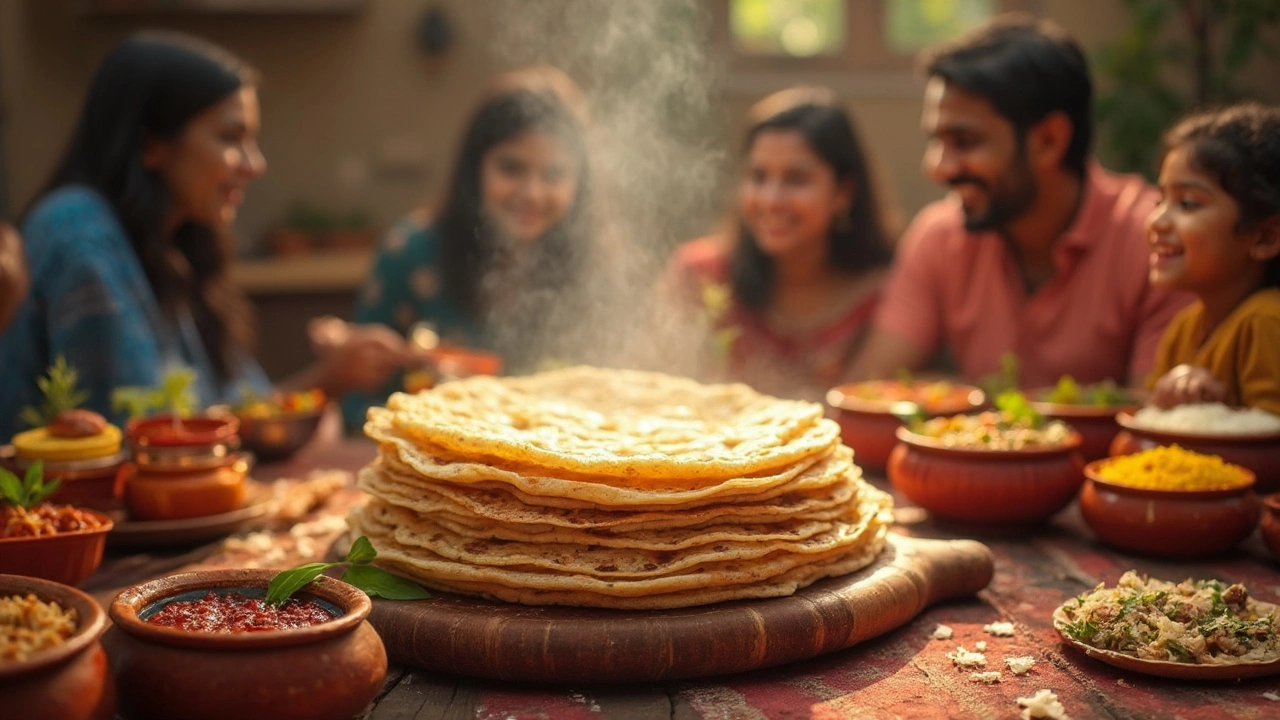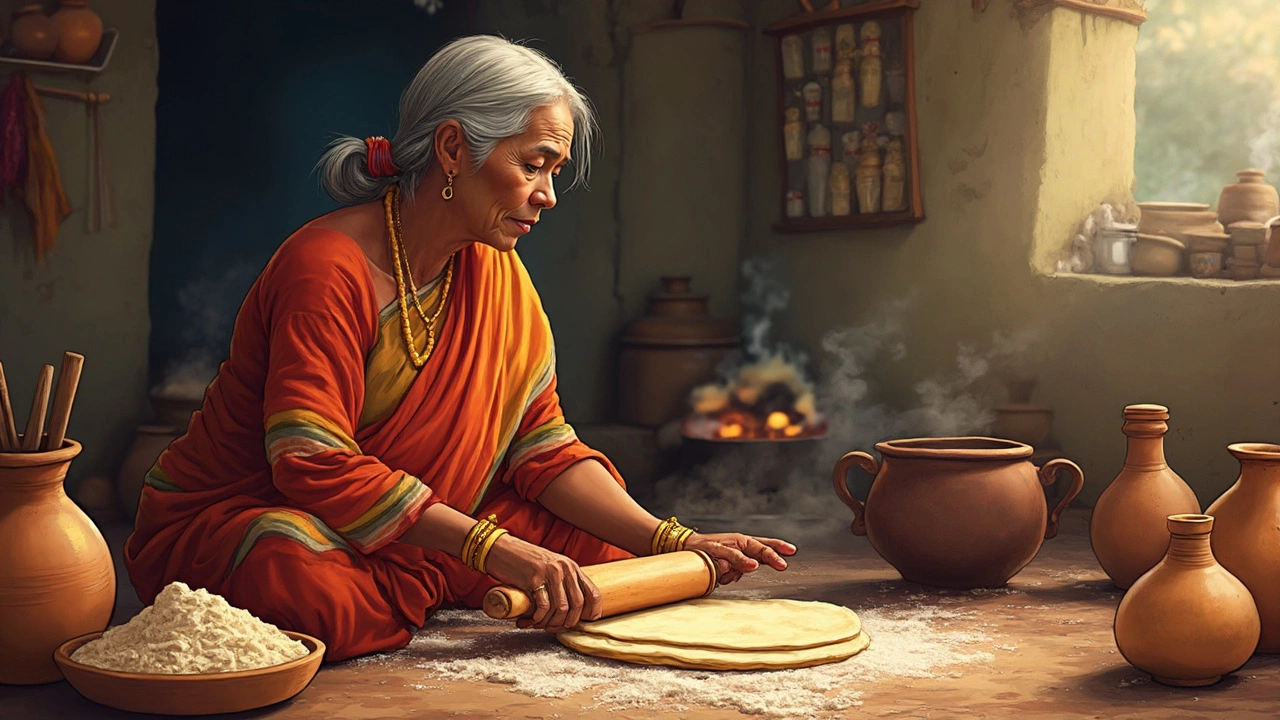Indian diet: flavors, nutrition and classic dishes explained
When talking about Indian diet, the traditional way of eating across India that blends diverse regional ingredients, spices, and cooking methods. Also known as Indian eating habits, it reflects centuries of cultural exchange and local agriculture. The diet Indian diet isn’t a single menu; it encompasses everything from street‑side snacks to festive feasts. A key player is Biryani, a layered rice dish that mixes fragrant basmati, meat or vegetables, and a spice blend, which shows how rice, protein and aromatics combine for a balanced meal. Equally important is Dal, the staple lentil stew that provides plant‑based protein and fiber, often paired with whole‑grain roti. Speaking of roti, Roti, a wheat flatbread that serves as a vehicle for sauces and vegetables, demonstrates the diet’s reliance on simple doughs that puff when cooked correctly. For those who prefer dairy, Paneer, a fresh cheese that adds calcium and a mild flavor to curries is a versatile protein source. Finally, Chutney, a condiment made from herbs, fruits or spices that brightens any dish balances heat and acidity, proving that sauce matters as much as the main course. These ingredients together illustrate the semantic triple: the Indian diet encompasses regional dishes, requires careful spice use, and is shaped by staple proteins like dal and paneer.
What makes an Indian diet unique?
The uniqueness lies in its spice palette and the way flavors are layered. Turmeric, cumin, coriander, and mustard seeds appear in almost every recipe, but each region tweaks the ratios to create distinct taste profiles. Health‑wise, the diet offers a mix of carbohydrates, proteins, and healthy fats, especially when you include legumes, nuts, and ghee in moderation. The cooking techniques—tempering (tadka), slow simmering, and grilling in a tandoor—also affect nutrient retention. For instance, adding a squeeze of lemon to biryani not only lifts flavor but also keeps the rice fluffy, as acidity helps separate grains. Likewise, letting dough rest before rolling roti allows gluten to relax, leading to a puffier bite. These practical tricks show how small steps can turn everyday meals into nutritious, satisfying experiences.
Below you’ll find a hand‑picked collection of articles that dig deeper into each of these topics, from biryani secrets and dal soaking tips to roti puffing fixes and paneer‑making guides. Browse the posts to pick up actionable advice that fits any skill level and helps you master the Indian diet in your own kitchen.

Dal Nutrition Facts: Is It More Protein or Carbs? Get the Real Scoop
Wondering if dal is a carb or protein? Break down exactly what’s in dal, which type has the most protein, and practical ways to use dal for balanced, healthy meals.

How Many Rotis Can You Eat Without Gaining Weight?
Eating rotis, a staple in Indian diets, can be healthy and satisfying, but monitoring calorie intake is crucial to avoid weight gain. Understanding the calories in 1 roti, especially when consumed with sabzi or ghee, helps maintain a balanced diet. Learn practical tips and strategies to enjoy rotis without compromising your weight goals.

How Many Chapatis Should You Eat in a Day?
Chapatis are a staple in Indian diets, but how many should one consume daily to maintain health? This article explores the nutritional benefits of chapatis and offers practical advice on portion sizes based on activity levels and dietary needs. By understanding their caloric impact and nutritional value, you can make informed choices that fit your lifestyle. Discover how you can enjoy this versatile flatbread without overdoing it.